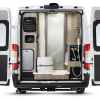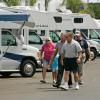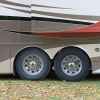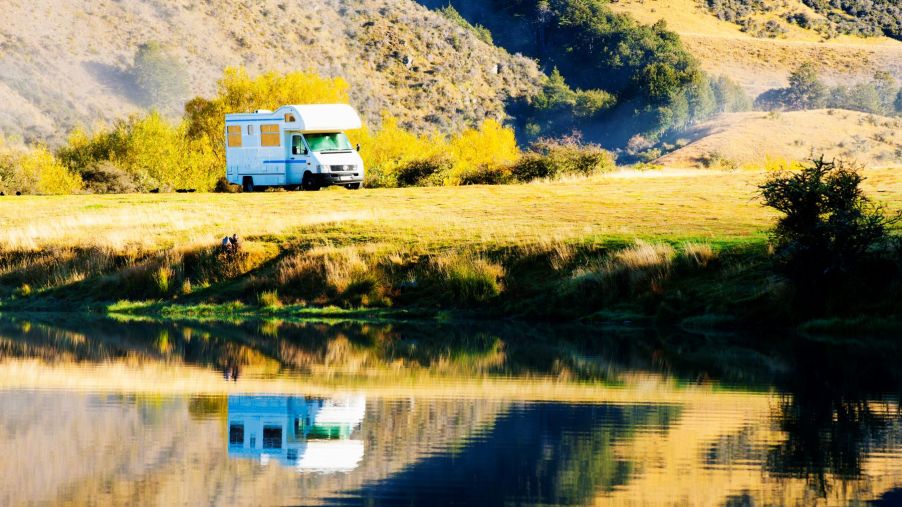
Things to Look out for if You’re RV Camping This Fall
Winter is coming, which for many RVers marks the end of the camping season. Unless you live in Florida, where it never gets below 50 degrees. But the sad truth is that RV parks are beginning to close, and you have to get ready to winterize your RV. But for those of you squeezing a few last-minute trips in before the year’s end, here’s what you need to do to prep for Fall RV camping.
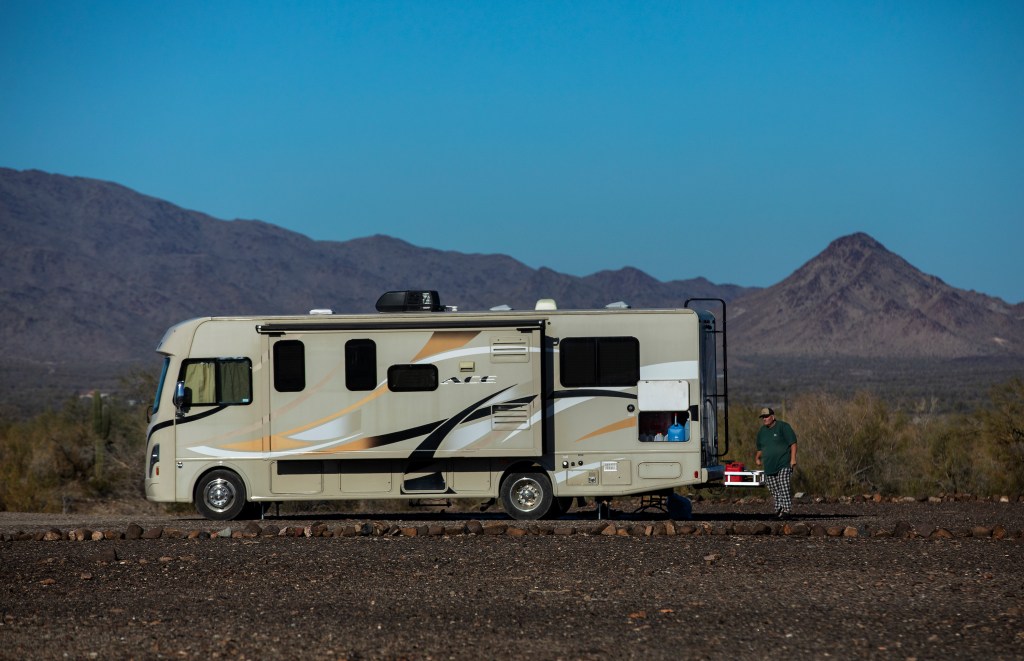
Plan your trip, and make sure the park or campground is open
As mentioned, some RV campgrounds, and even boondocking sites, are getting ready to close for the winter. So make sure whatever venue you’re looking at is actually open, otherwise, you’ll be SOL. This isn’t just the case for privately owned and operated RV parks either. Many national parks or Bureau of Land Management camping spots begin to close this time of year as well. Simply put, do your research.
If you’re looking for some of the best National Parks for RVs, with beautiful scenic views, that are open year-round, then take a look at Thor’s National Park Guide. You’ll find some of the best campgrounds across the country, some of which are free to enter.
Pack extra blankets, and wear layered clothes
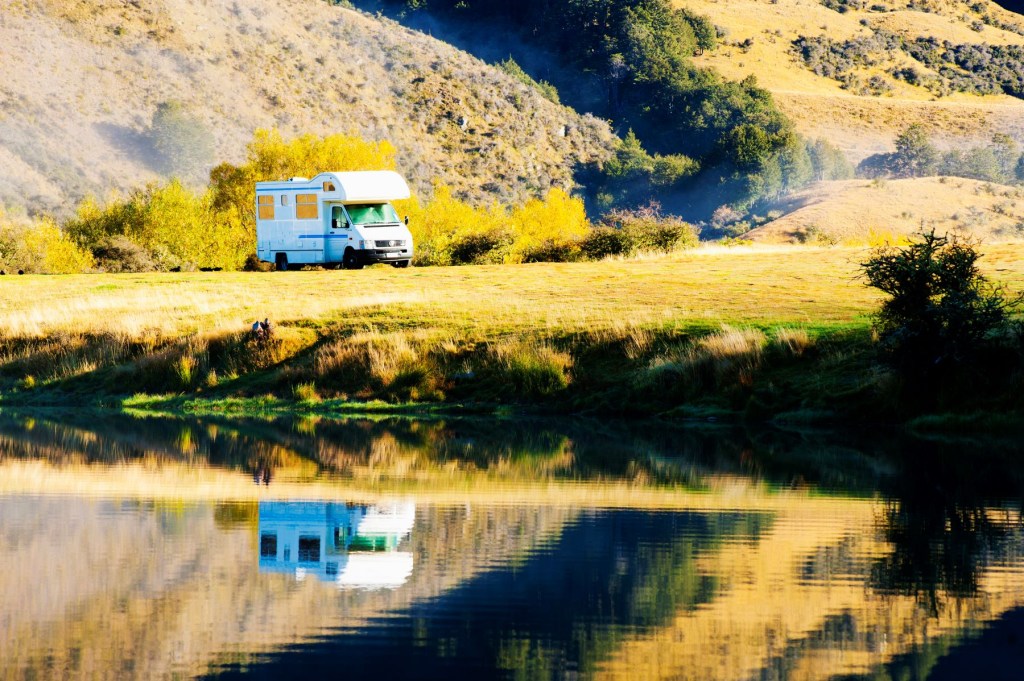
If you’re sleeping in the cold, you’d better have some extra clothes and blankets on hand. And if it’s cold when you wake up, you want to be able to stand outside without being frigid. If you have electric hookups in your RV, you may also benefit from space heaters and extra sleeping bags. The ones designed for camping in colder weather are great!
You’ll also want plenty of water. It’s easy to get dehydrated when you’re cold, and you want to be sure you’re drinking water throughout the day. That’s just a good practice, whether you’re camping in the cold or not. But in frosty weather especially, make sure you’ve got lots of bottled water.
And since the days get a lot shorter in the fall and winter, make sure you have extra auxiliary light sources. Chances are you’ll lose track of time and, before you know it, night will fall. Don’t be caught off guard, just have lamps on hand so you can continue your camping duties with some light.
Getting your RV ready for colder weather
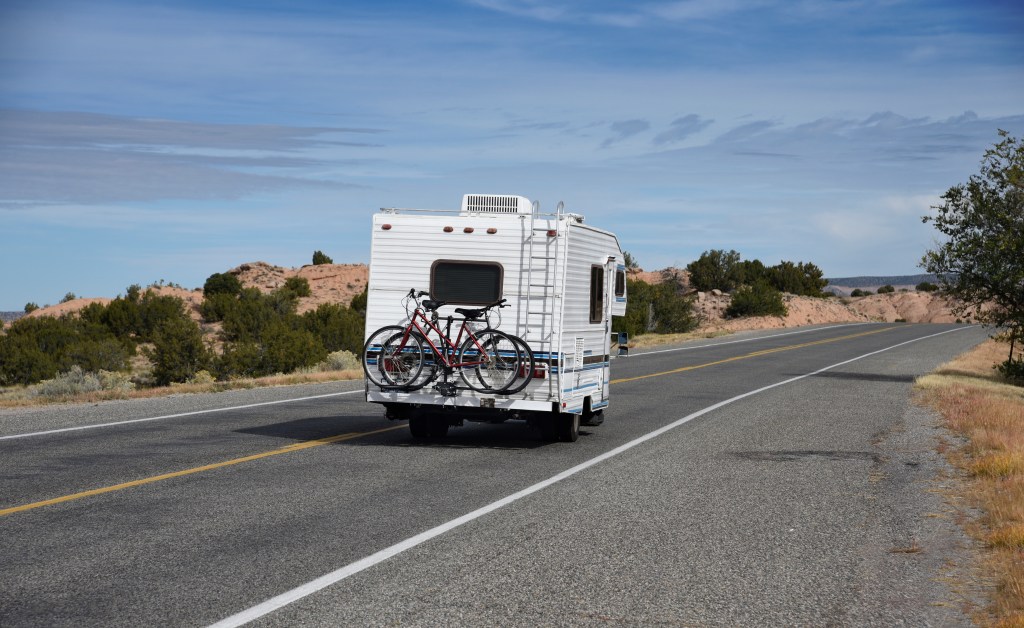
So now you’re ready for the crisp, fall weather, but what about your RV? You don’t want to have any problems with it during the colder seasons, even though most problems arise when it starts to get cold. Depending on where you’re camping, I’d suggest getting a new battery that’s ready to cold-start your RV. This is especially true if your battery is getting older, since cold-cranking amps are the difference between going camping and being stranded.
Next, check those pipes, hoses, and fluids. Frozen pipes lead to cracks, and cracks lead to leaks that’ll severely damage your RV. Or, at the very least, make a mess.
Check the seams of your RV, ensuring that no moisture or snow can slip through the cracks and drip inside. It’ll also help keep the RV’s interior warm at night, since no cold air will enter and no warm air will escape.
Finally, be sure you’re water heater, furnace, generator, and other appliances are all in working order. On cold days, you’ll want hot water no questions asked. You need the generator to run all electrical appliances, including the aforementioned water heater. And if you don’t have a working stove, you can’t make yourself warm meals each night.
RV camping in the fall can be a wonderful experience. In my personal opinion, fall is the prettiest time of the year, with winter as a close second. So go out, watch the leaves change, and stay warm this season.
